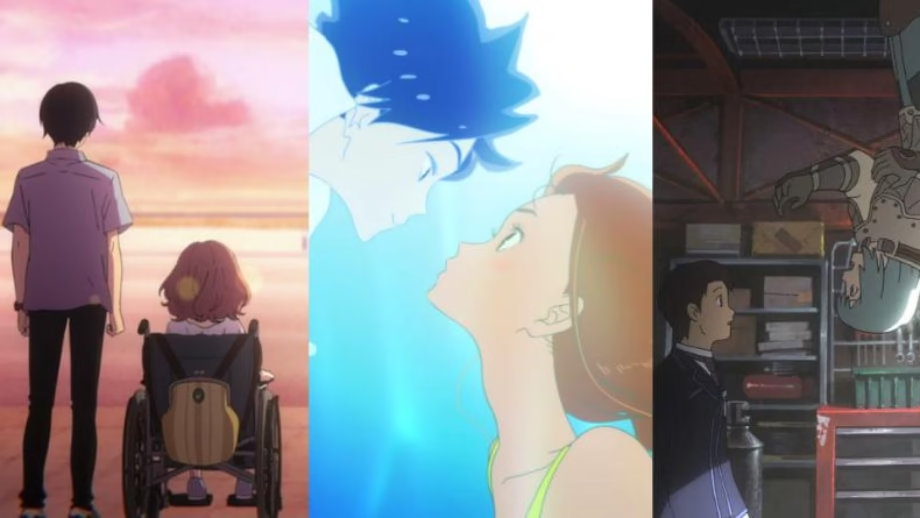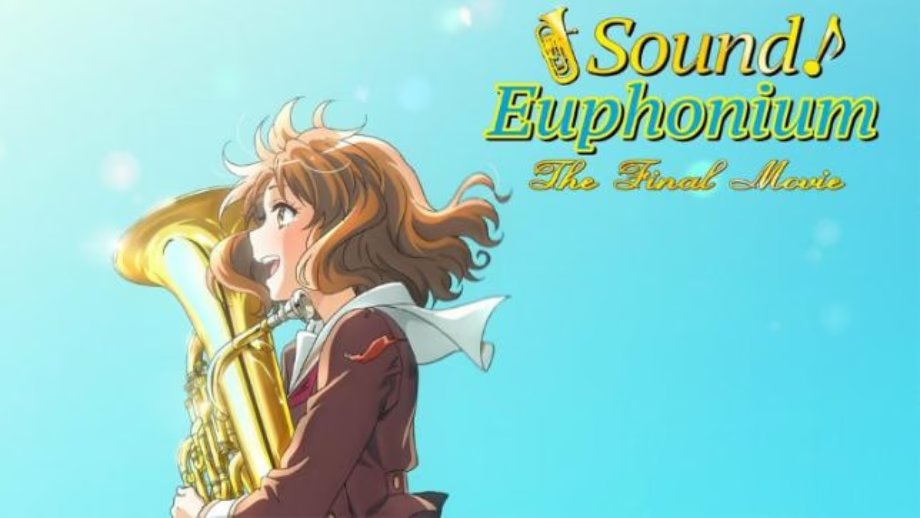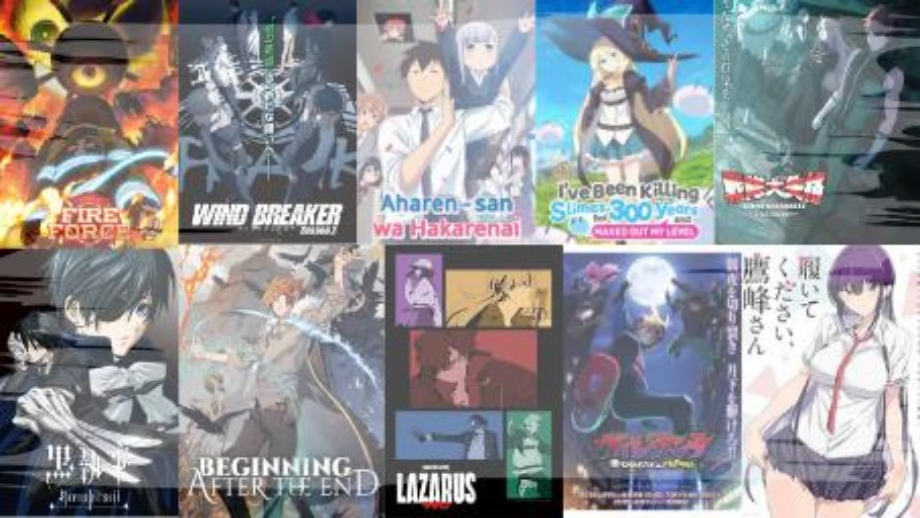Creative works, be they books, movies, music, or art, are built upon the foundation of genre and theme. Understanding their distinct roles is crucial for appreciating the depth and complexity of anime narratives. From shounen battle arenas to self-analyzing slice-of-life settings, genre and theme work in tandem to create compelling experiences. In this article, we’ll discuss why it’s important to know the difference between genre and theme.
Note: The purpose of this article is to provide information about genre and theme, so you can avoid embarrassment due to a lack of knowledge
Recently, I was talking to an anime buddy I met online when I was new to the anime world, and I asked for recommendations. During our conversation, I mentioned that the isekai genre was becoming increasingly popular. He laughed and said that after watching so much anime, I still didn’t know isekai isn’t a genre but a theme. Isekai is a theme that falls under the fantasy genre. I was both embarrassed and shocked. I then researched it, and now we’re discussing it.
1. Genre : The Structural Framework
1.Categorization And Marketability

In the anime industry, genre serves as a primary tool for categorization, facilitating marketing and audience targeting. Shounen, shoujo, seinen, and josei are broad genre classifications that indicate the target demographic and general narrative style. While helpful, this classification can sometimes be limiting, as many anime blend genres seamlessly. For example, Attack on Titan combines elements of horror, action, and dark fantasy.
2.Conventions And Expectations
Each genre carries specific conventions and tropes. Shounen, for instance, often features protagonists with extraordinary abilities, intense battles, and a focus on friendship and perseverance. These conventions create audience expectations. When an anime adheres to or subverts these expectations, it can significantly impact the viewer’s experience. From the fantasy genre, the isekai theme has become very popular in recent years, establishing sub-themes such as overpowered main characters and harem elements.
3.Visual And Auditory Style
Genre also influences the visual and auditory style of anime. Comedy anime, with its exaggerated expressions and punchlines, differs significantly from the serene visuals of a slice-of-life anime. Music scores, sound effects, and character design are tailored to fit the genre’s aesthetic, enhancing the overall immersive experience.
4. Genre As A starting Point
Genre provides a foundational structure upon which creators build their narratives. It dictates the general setting, character archetypes, and plot progression. However, genre alone does not guarantee a compelling story. It is the thematic depth that elevates anime beyond mere entertainment.
2. Theme The Heart Of The Narrative

1. Exploring Universal Concepts
Theme in anime delves into universal concepts such as love, loss, identity, and the search for meaning. Clannad, for example, explores the theme of family and the importance of human connection. Themes can be incredibly complex and layered. Anime such as Neon Genesis Evangelion explores themes of depression, loneliness, and the human condition.
2. Reflecting Societal Issues
Many anime use thematic exploration to reflect societal issues and provoke thought. Psycho-Pass raises questions about justice, surveillance, and the nature of a utopian society. Anime can be a powerful medium for social commentary, addressing issues such as environmentalism (Princess Mononoke), war (Grave of the Fireflies), and social isolation (Welcome to the NHK).
3. Character Development and Motivation
Themes drive character development and motivation. A character’s journey is often shaped by their struggle with or embrace of a particular theme. In Fullmetal Alchemist: Brotherhood, the theme of equivalent exchange influences the protagonists’ choices and actions, leading to profound character growth.
4. Emotional Resonance
Themes create emotional resonance, allowing viewers to connect with the story on a deeper level. A well-executed theme can evoke powerful emotions and leave a lasting impact. The emotional depth of anime is often attributed to its exploration of complex themes that resonate with the human experience.
5. Beyond Surface Level
While a show might be classified as a romance (genre), the underlying theme could explore mature relationships (josei), innocent love (shoujo), or complex love triangles. Themes add layers of meaning to the story, transcending the surface-level entertainment provided by the genre.
3. The Interplay: Genre and Theme in Harmony

01. Genre as a Vehicle for Theme
Genre serves as a vehicle for delivering thematic messages. The action-packed genre of shounen can explore themes of friendship, perseverance, and the struggle against injustice. The genre of a romance anime allows the exploration of themes such as the complexities of love, the pain of loss, or the joy of human connection.
02. Subverting Genre Expectations for Thematic Impact
Creators often subvert genre expectations to enhance the thematic impact. A seemingly lighthearted slice-of-life anime can delve into dark and introspective themes, challenging the audience’s assumptions. Subversion of tropes can create very powerful storytelling.
03. Thematic Depth Enhancing Genre Appeal
strong thematic depth can elevate a genre and attract a wider audience. even within a niche genre like mecha, a compelling theme can resonate with viewers who typically do not engage with the genre. thematic depth makes a show more memorable.
Conclusion
Genre and theme are distinct but interconnected elements that shape the anime experience. While genre provides the structural framework, theme adds depth and meaning. By understanding the interplay between these two elements, viewers can gain a deeper appreciation for the artistry and complexity of anime narratives
Want MORE awesome like this delivered straight to your inbox? Don’t miss out on exclusive anime news, deeper dives, special offers, and maybe even some hidden One Piece treasures we can’t share here! Join the [Aniworldtv Newslatter] crew today!
Subscribe to our newsletter!



